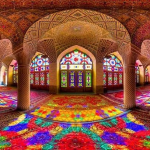If you look up the 20 worst cities in China, Datong usually makes the list. Why? Well, the reasons are numerous, but having been one of the most polluted cities on earth certainly hasn’t helped. From the grimy skies to its industrial past, it hasn’t exactly had the best reputation.
But, is that designation fair in 2025? What with the city having now reinvented itself as a bit of a tourist hub, well, we answer all of this and more with our Ultimate Datong Guide.
What’s the Deal with Datong?
Datong’s history stretches back over a thousand years, and while it’s often left out of the tourist brochures in favor of cities like Beijing or Xi’an, this was once an important place. Located in the northern part of Shanxi Province (山西省), Datong was once the capital of the Northern Wei Dynasty (386–534 AD) and a major center for Buddhism in China. It’s also home to the stunning Yungang Grottoes (云冈石窟), a UNESCO World Heritage site with thousands of Buddhist statues carved into the cliffs.
Throughout the 20th century, Datong was built up as an industrial hub, particularly during the era of state-run enterprises. The coal industry played a massive role, and while that may be the reason for the pollution, it also shaped the city’s growth. The urban sprawl from the industrial boom has left behind a lot of leftover factories, mining structures, and some eerie abandoned buildings, which is now attracting the attention of those interested in urban exploration, or urbex as it’s known in the community.
Nowadays, Datong is trying to carve out a new identity as a cultural and tourism hotspot, with efforts to clean up its air and revitalize its infrastructure.
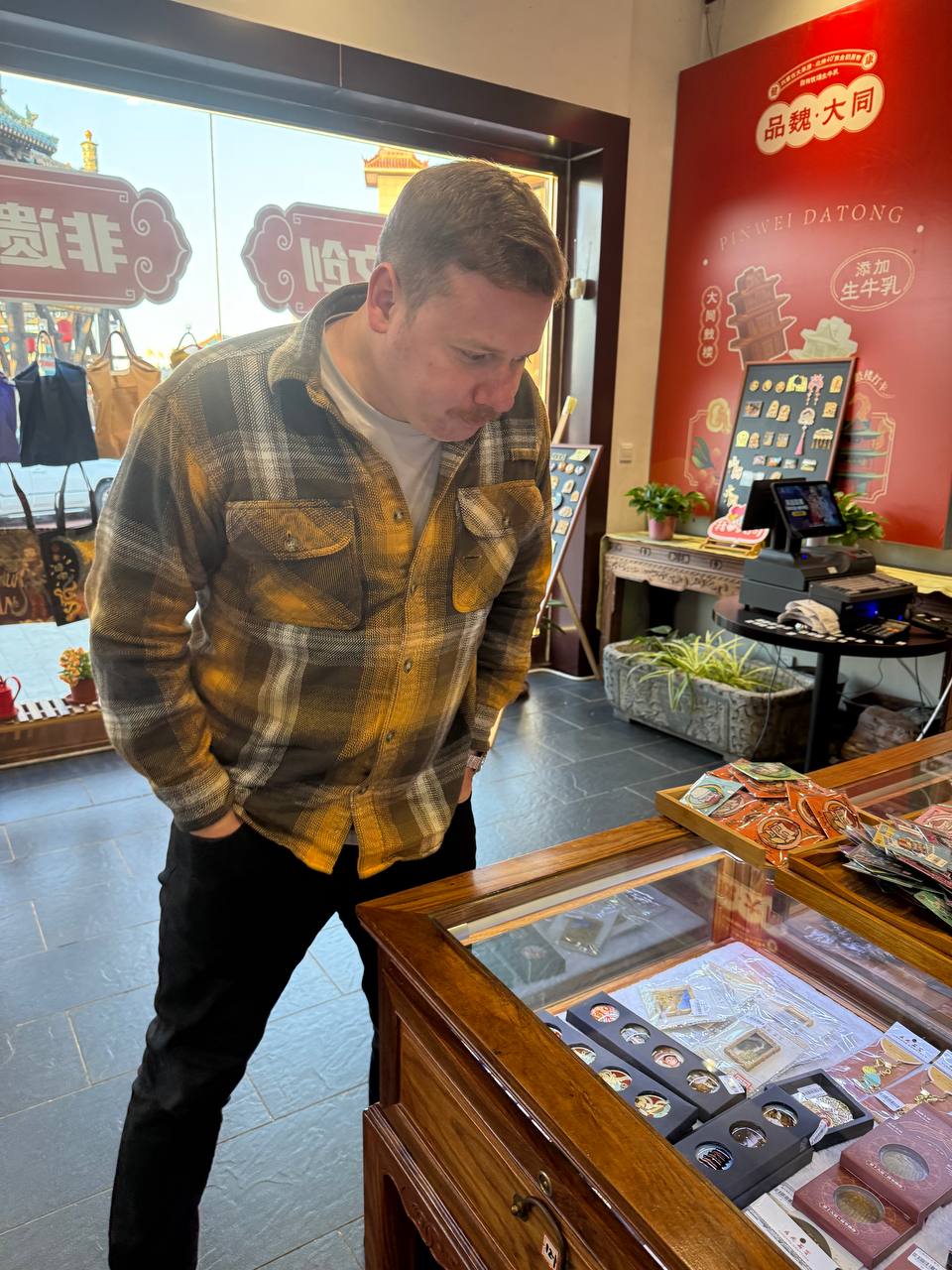
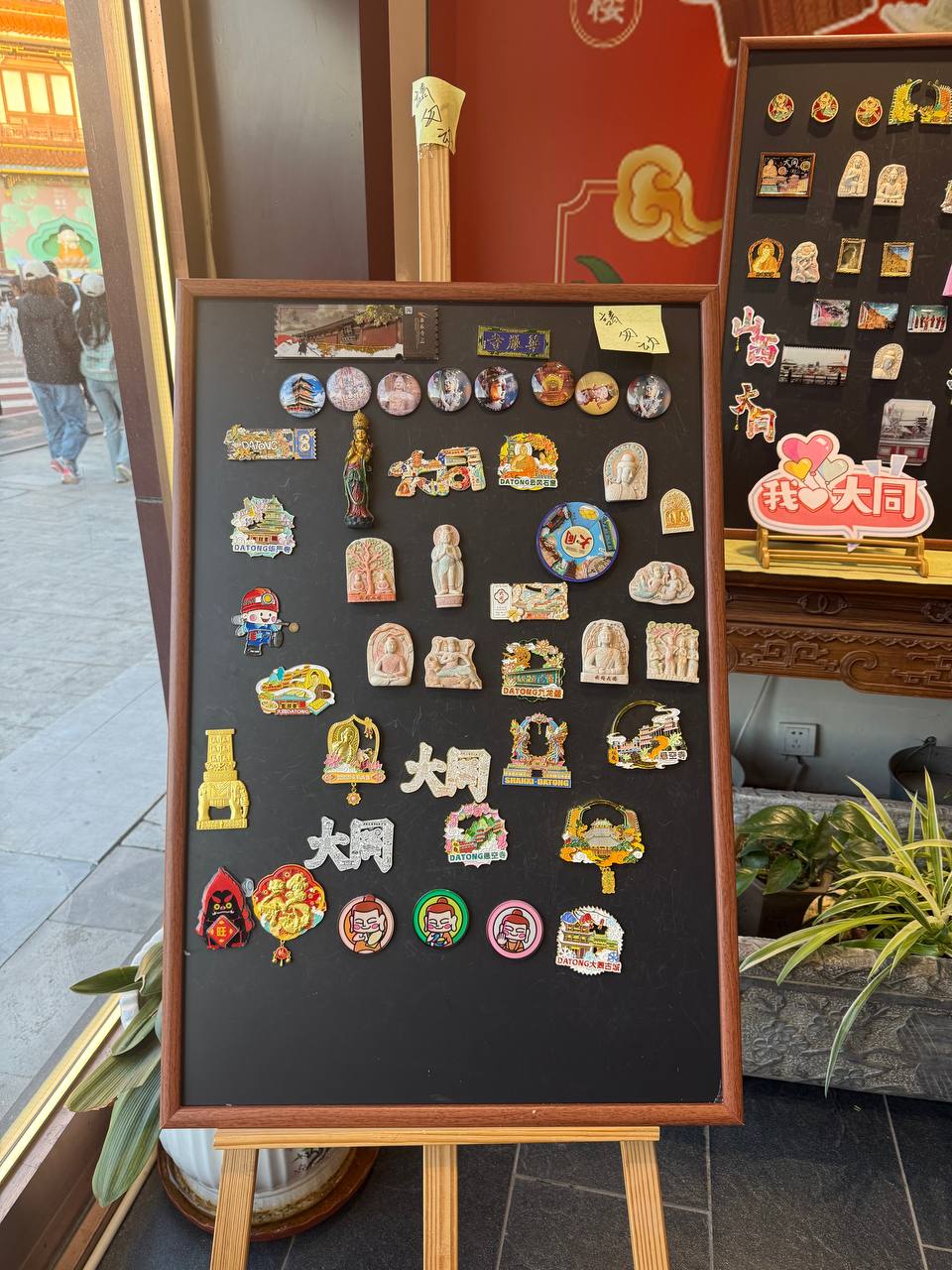
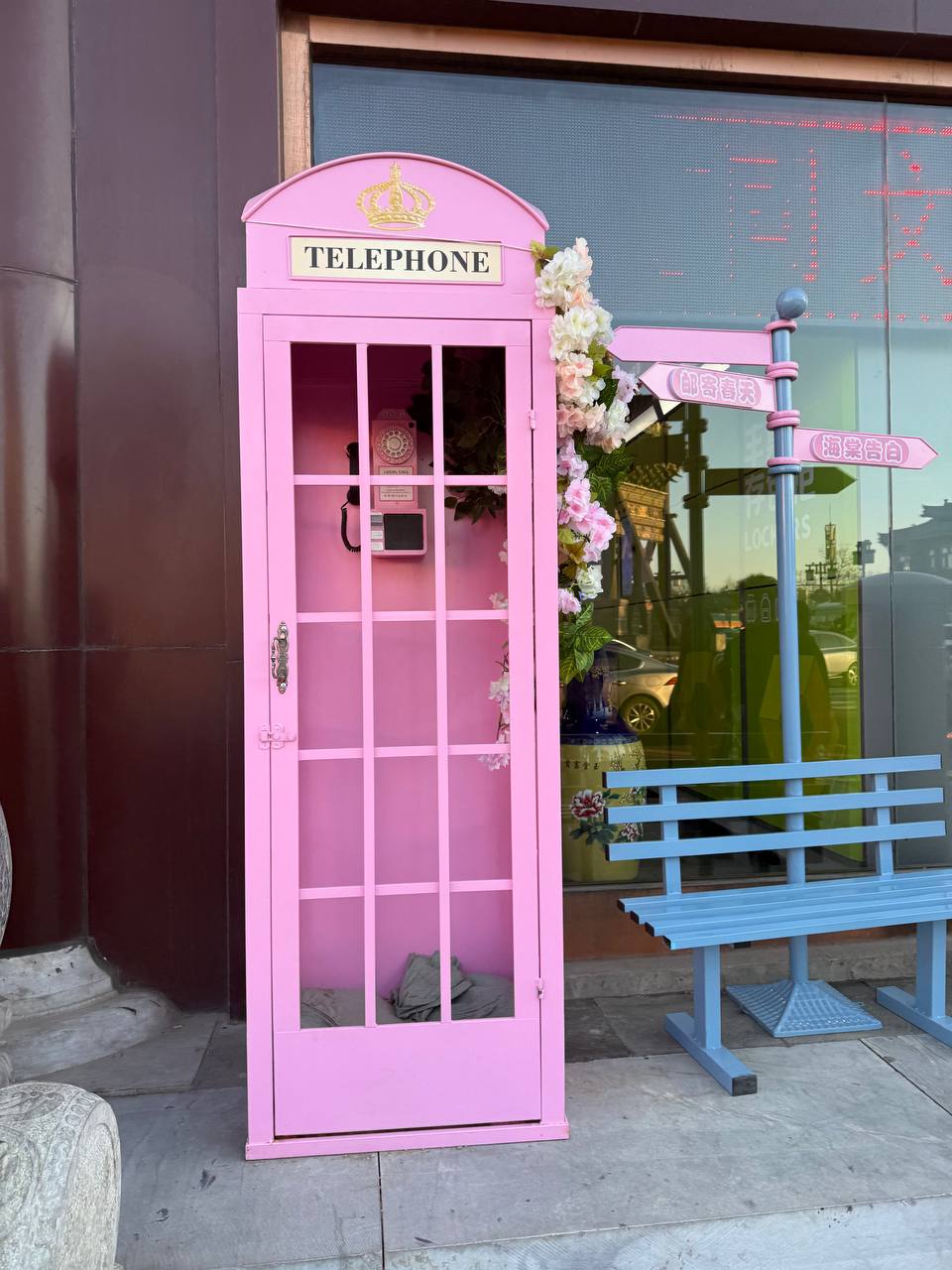
Datong Ancient City vs. Xi’an
Datong Ancient City (大同古城) isn’t so much an ancient city as it is a replica of what people think ancient cities should look like. In fact, it’s been massively redeveloped with empty buildings and an air of forced authenticity. While it certainly brings in tourists—mostly Chinese domestic travelers looking to “experience” history—it’s hard to ignore the fact that it’s a poor copy of a far superior place like Xi’an (西安), which is a real, lived-in city that carries centuries of authentic history in its bones.
That being said, Datong Ancient City isn’t without its charm. The beautifully constructed gates and walls make for an agreeable stroll, and it’s relatively pleasant to explore compared to the dingy remnants of the city’s industrial past. Despite the fact it’s mostly empty, it’s still worth a wander if you’re into kitsch, and it does offer a quieter, less tourist-infested vibe than places like Yanghsuo, Pingyao, or even Guiyang.
Things to See in Datong
Datong is full of interesting sights, many of which are remnants of its industrial past or quirky, oddball additions designed to attract tourists. For those into urbex, you’ll love the city’s abundance of abandoned factories, forgotten buildings, and even underground bunkers. They’re scattered all over the city, waiting to be explored by curious adventurers.
Then there’s Yungang Grottoes (云冈石窟), the jewel in Datong’s tourist crown, where thousands of Buddhist statues were carved into the cliffs, some of which are over 1,500 years old. It’s one of China’s most important Buddhist sites, and if you’re even remotely into history, this is a must-see.
But Datong isn’t just about history. For something a bit more surreal, check out the bizarre “model cities” that have sprung up around the outskirts of town, complete with their giant statues and empty streets. There’s also the Coal Museum (煤炭博物馆), which, despite being oddly fascinating, is basically an entire museum dedicated to the history of coal mining in the area. It’s strangely fitting for a city that’s spent most of its existence as a coal giant.
Eating in Datong
Let’s not sugarcoat it: Datong isn’t exactly a food paradise. Shanxi cuisine (山西菜), the region’s most famous style, has its fair share of fans, but it’s not known for being groundbreaking. A lot of the food in Datong is actually from other parts of China, so you’ll find a little bit of everything from Sichuan (四川), Cantonese (广东), and even the occasional Hunan (湖南) dish.
You’ll find some decent restaurants scattered around the city, but expect a lot of the typical Chinese fare. A few notable places to check out include Yuan Jiao Jiao, known for its take on traditional Shanxi dishes, and Datong Wangjia, which serves up a solid mix of local snacks. If you’re craving something more familiar, yes, there are McDonald’s, KFC, and even Burger King, so you’re not going to starve if you’re not feeling adventurous.
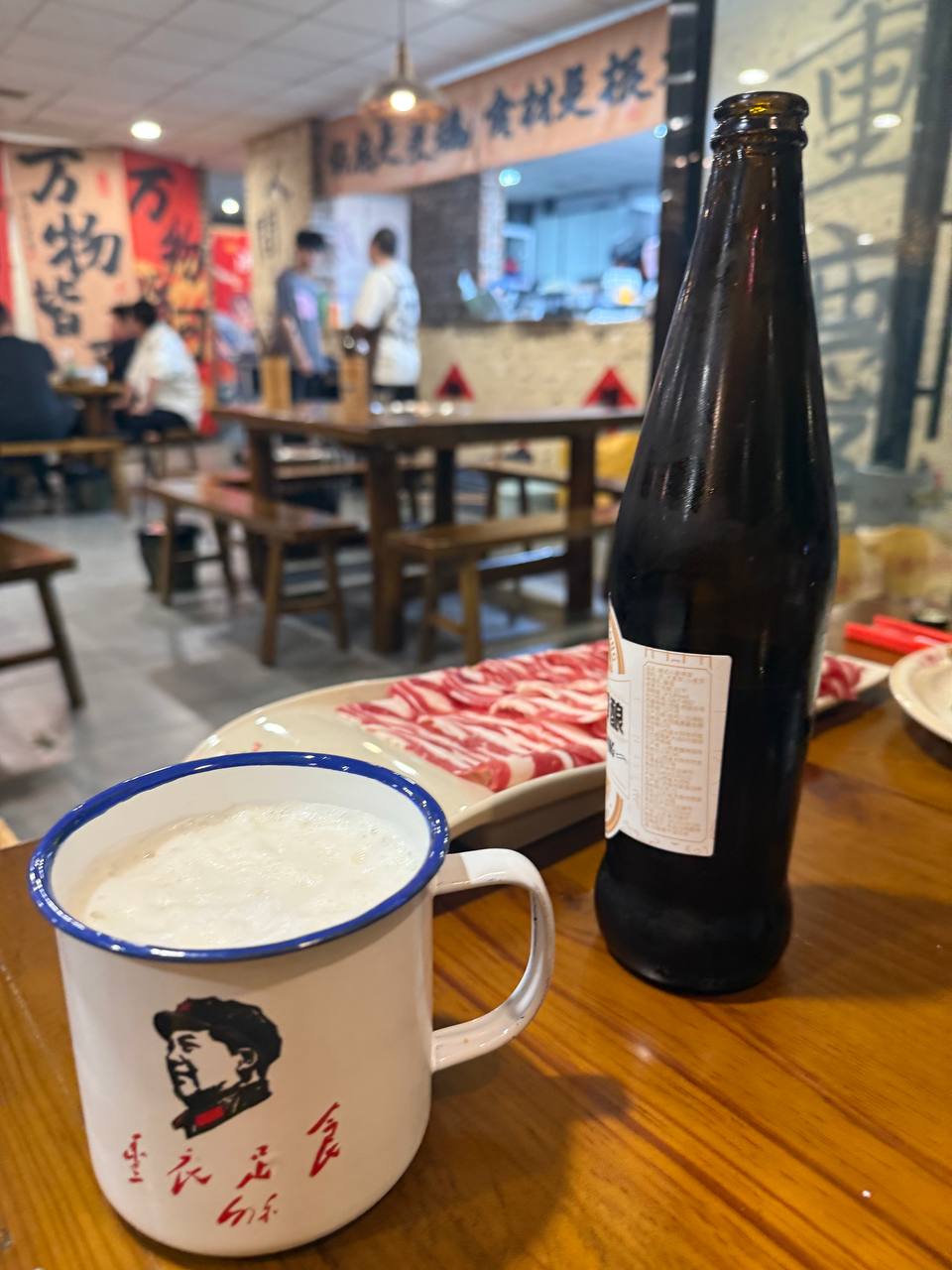
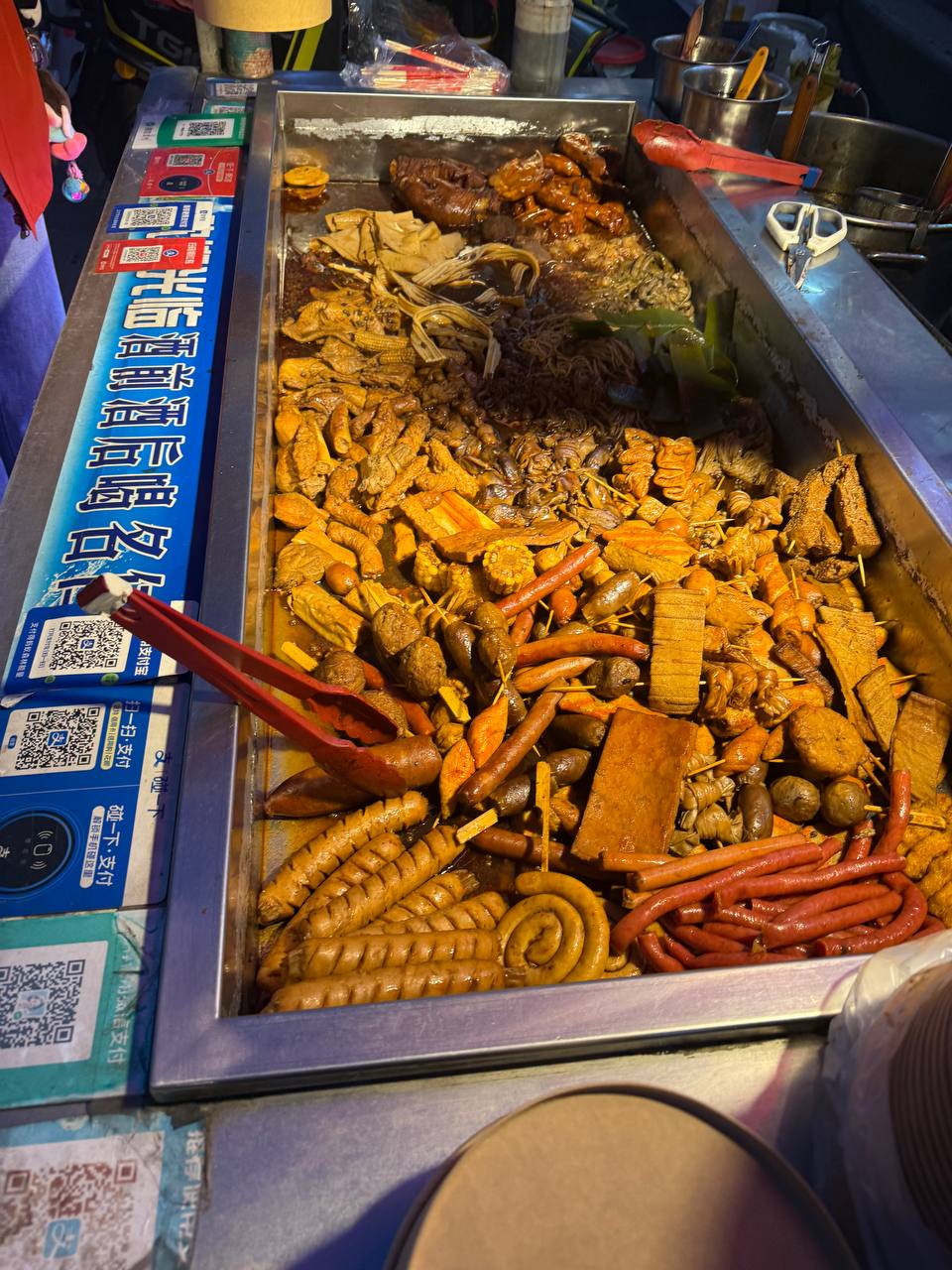
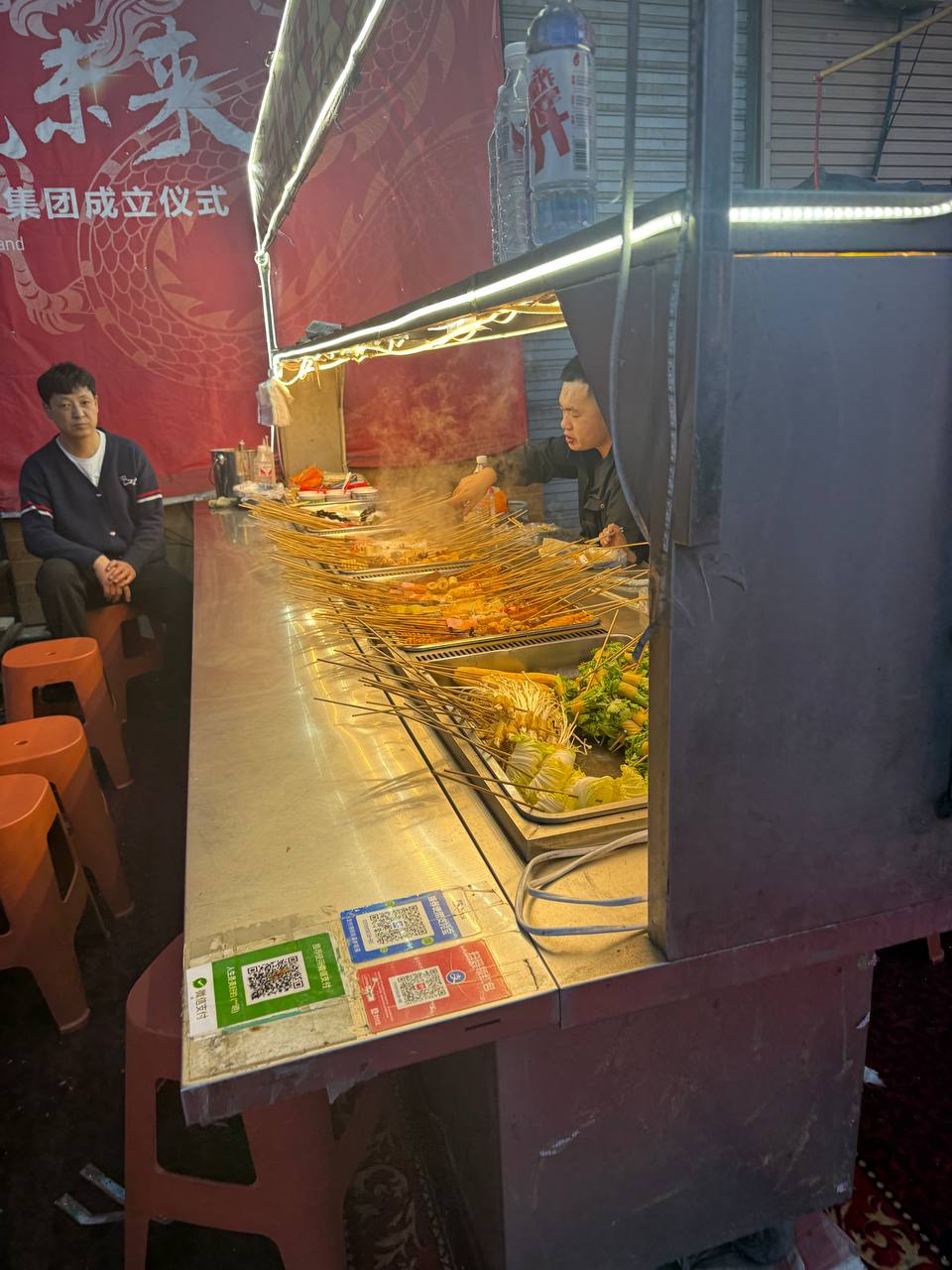
Street Food Datong
When it comes to street food, Datong actually holds its own, with snacks from around China readily available throughout the city. The best stalls can be found on Ancient Street (古街), where you’ll see vendors selling bizarrely shaped chips, skewers of meat, and, bizarrely, a lot of squid, worrying when you consider how far Datong is from the sea. There’s also a definite Shanxi flair here, with giant vats of pig and chicken intestines boiling away, along with a bit of street beer to wash it all down.
It’s a great place to try something new, but if you’re a bit squeamish, the smell of intestines may put you off. For those looking for something a bit more mainstream, there are plenty of chuan (串) and baozi (包子) to go around. The street food scene here might not be as famous as the likes of Xi’an or Beijing, but it’s definitely worth checking out.
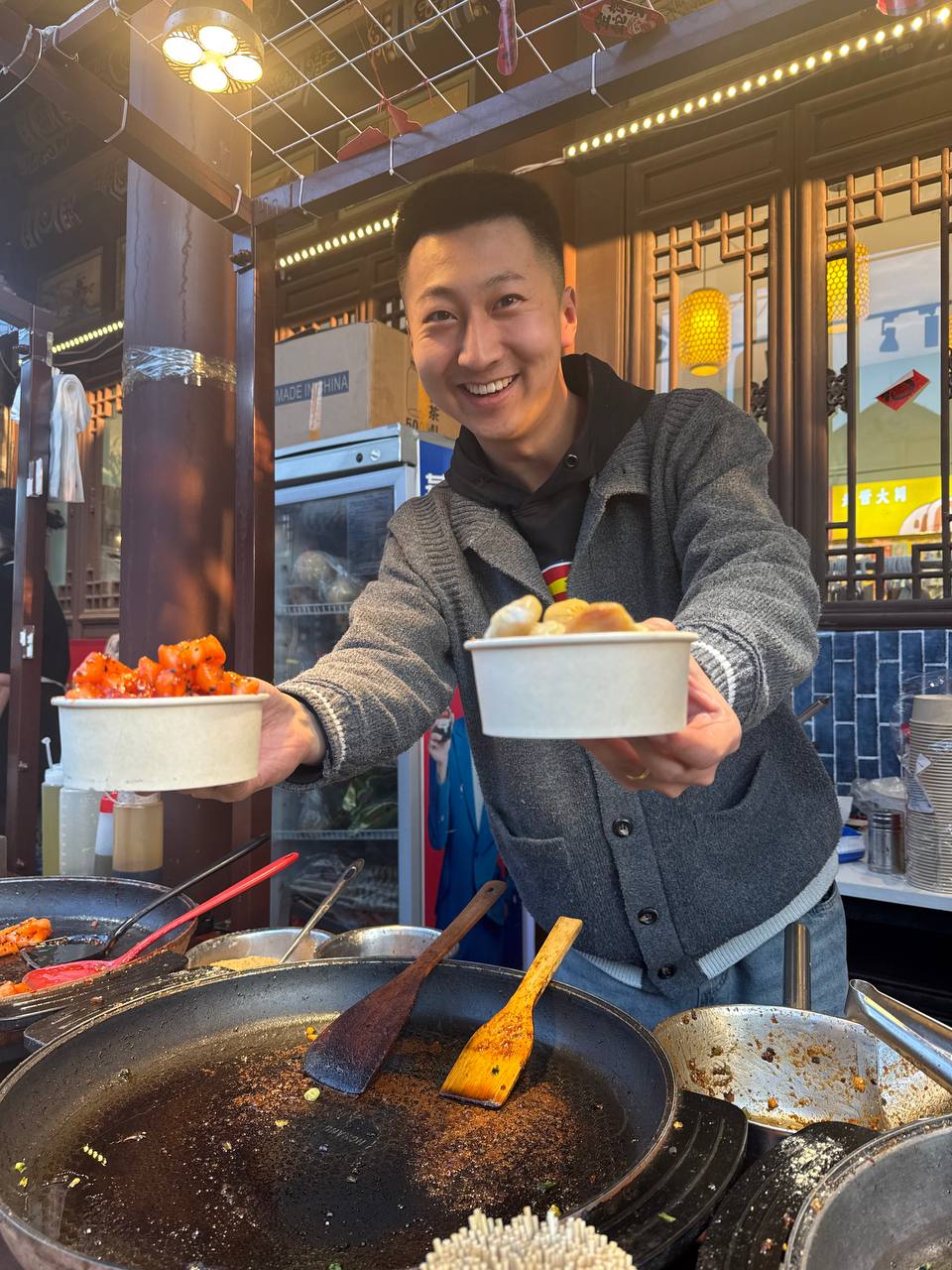
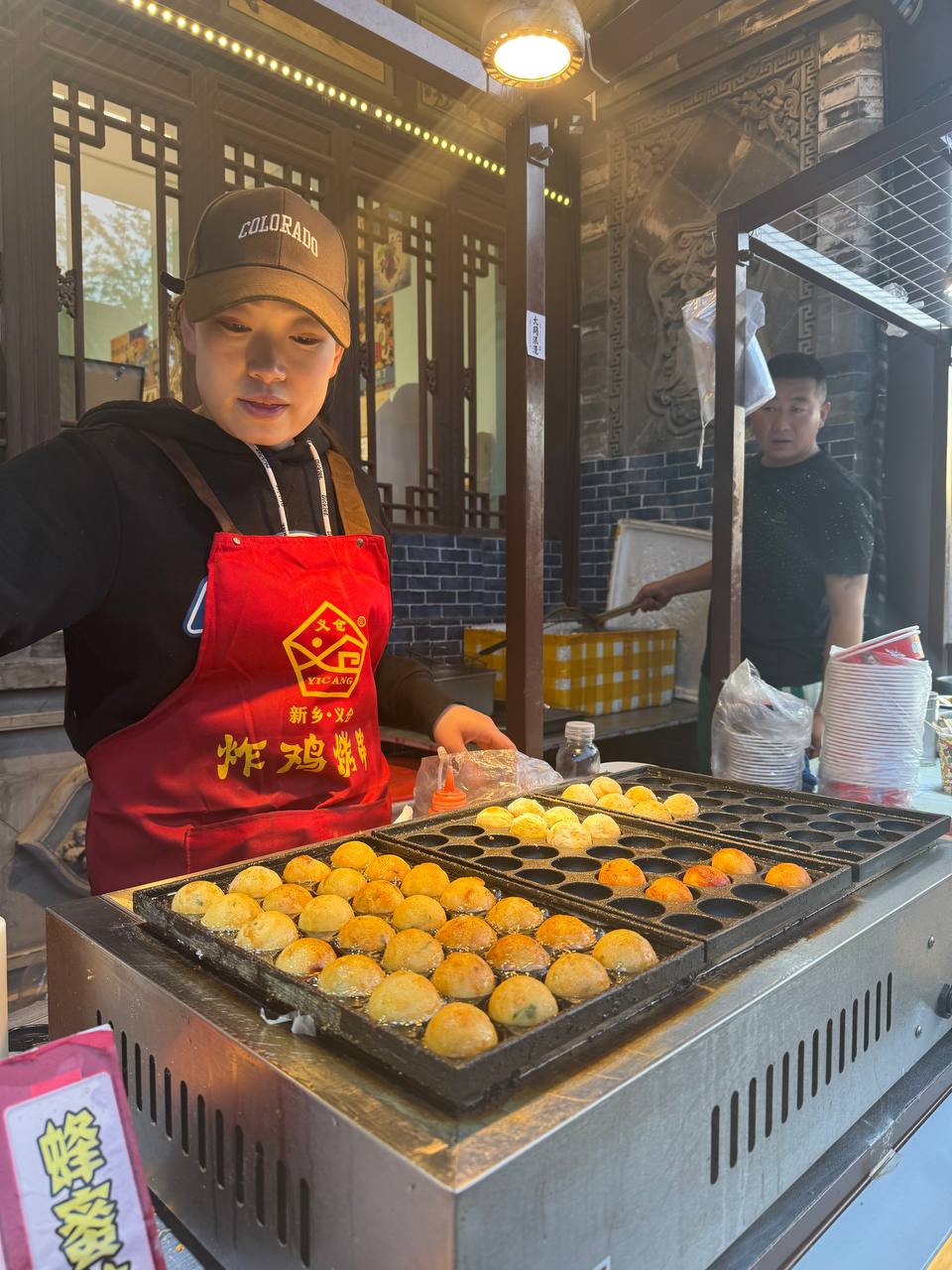
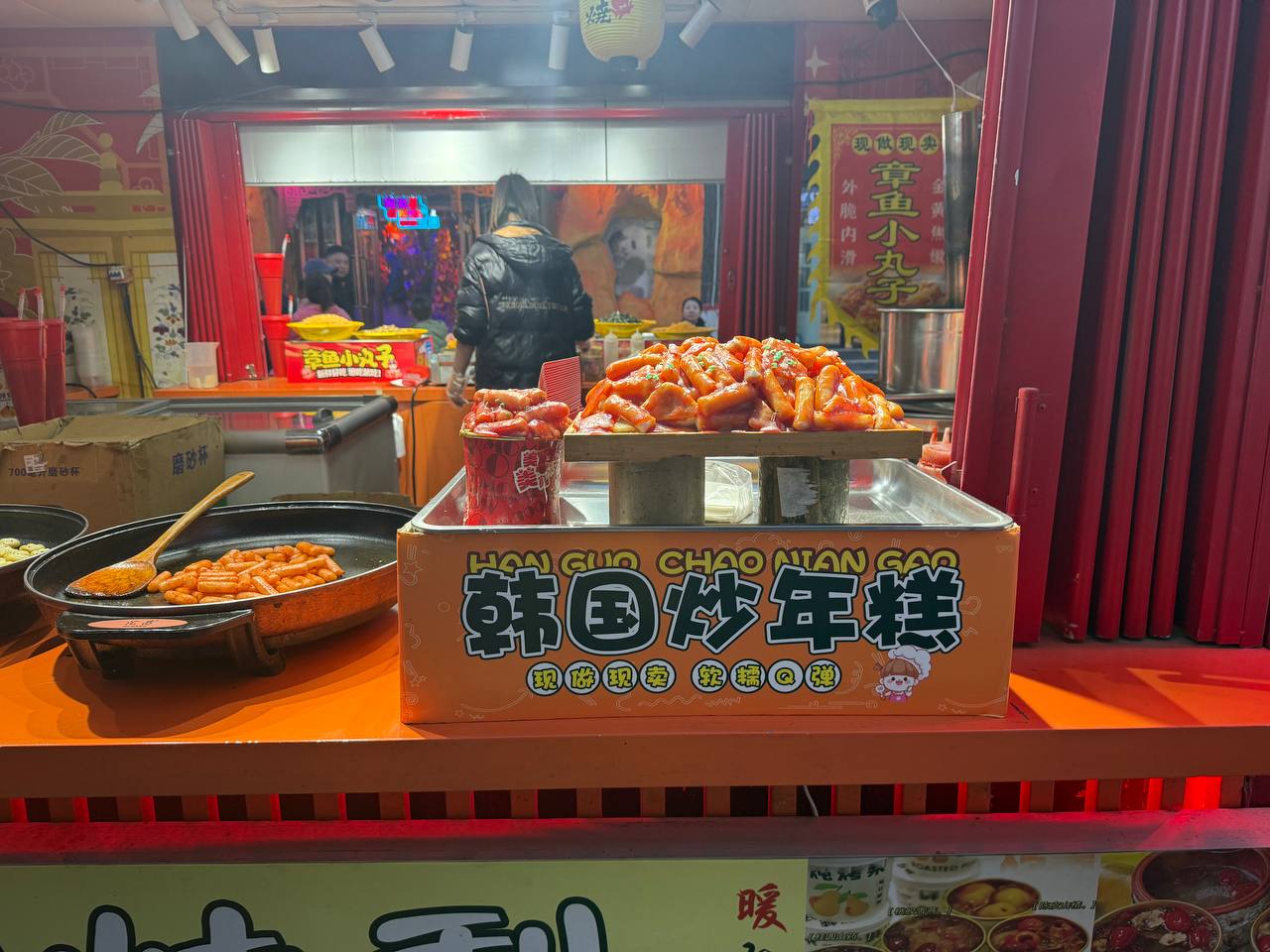

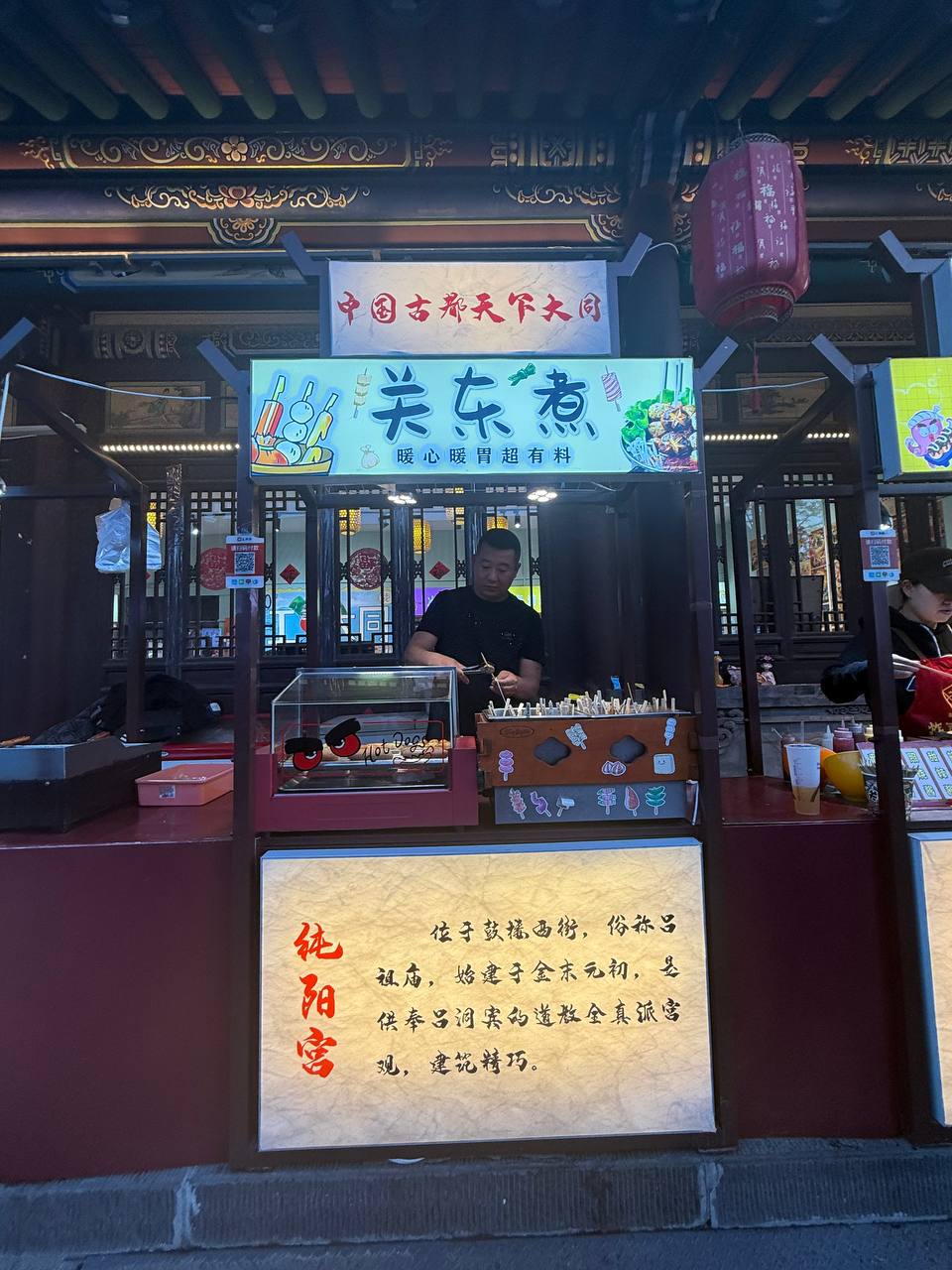
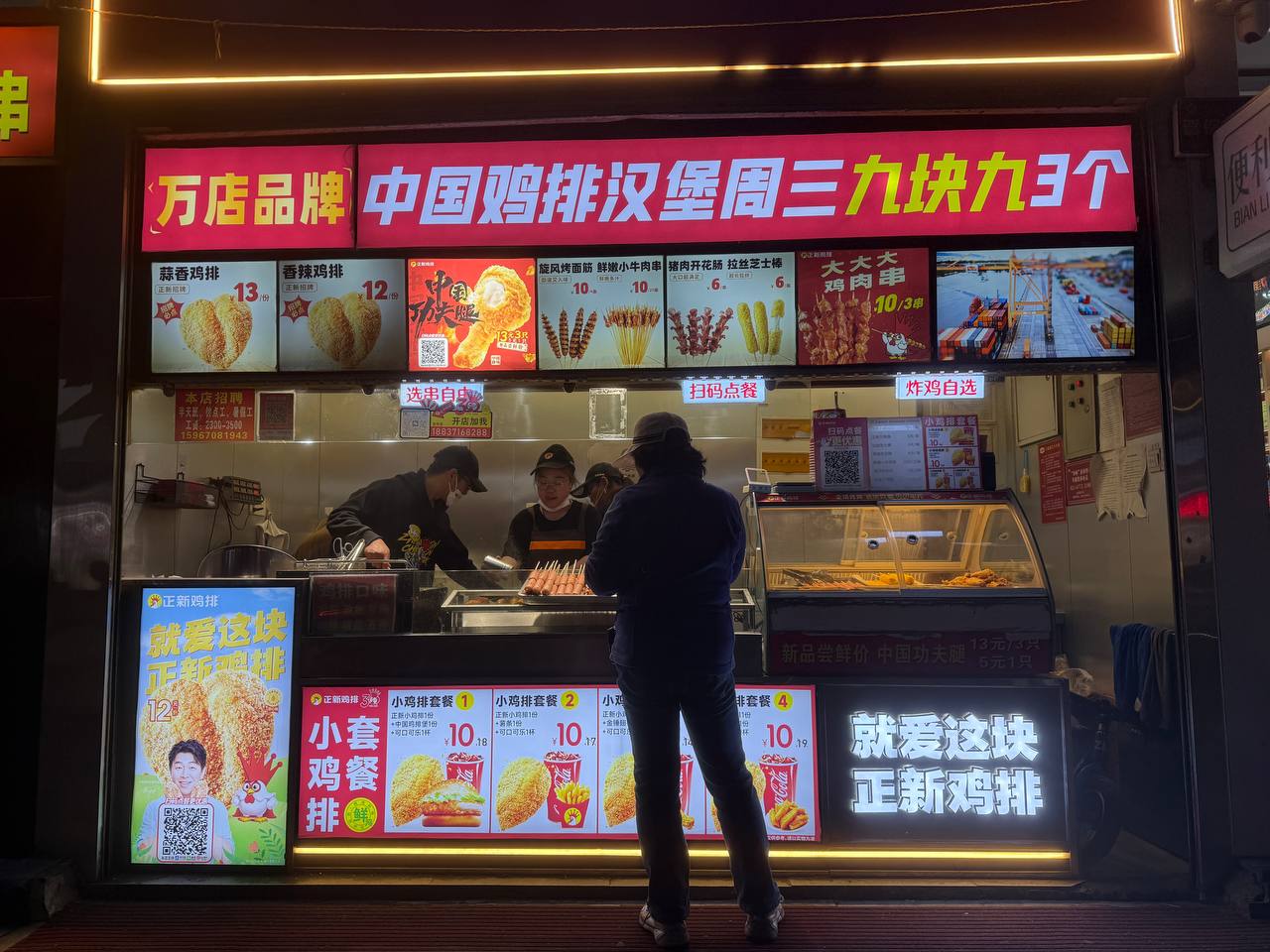
Datong Nightlife Guide
Let’s be honest: Datong’s nightlife is a bit of a joke. For a city trying to market itself as a tourist hub, it’s shocking how dead the nightlife scene is. There are a few nightclubs, like Club 69 and Coco Nightclub, but they’re not exactly known for their atmosphere. Most of the action happens on Wenhua Street (文化街), which is home to a few decent bars like Deep House and Cold Play Club. But honestly, the best night out we had was at Live House, a bar with live music and a young crowd that doesn’t take itself too seriously.
But here’s the real kicker: there are loads of bars listed in guides and online, and nearly all of them are complete lies. Take Sleekguest Bar for example—promised to play country music, but it doesn’t exist. Habitat Bar? Another phantom bar. And don’t even get me started on Red Flag Nightclub, which allegedly offers KTV (Karaoke), billiards, and even massages. It’s a total ghost. Although we did find a draft beer kiosk/fast food joint that had 16 pints on draft – weird? Somewhat.
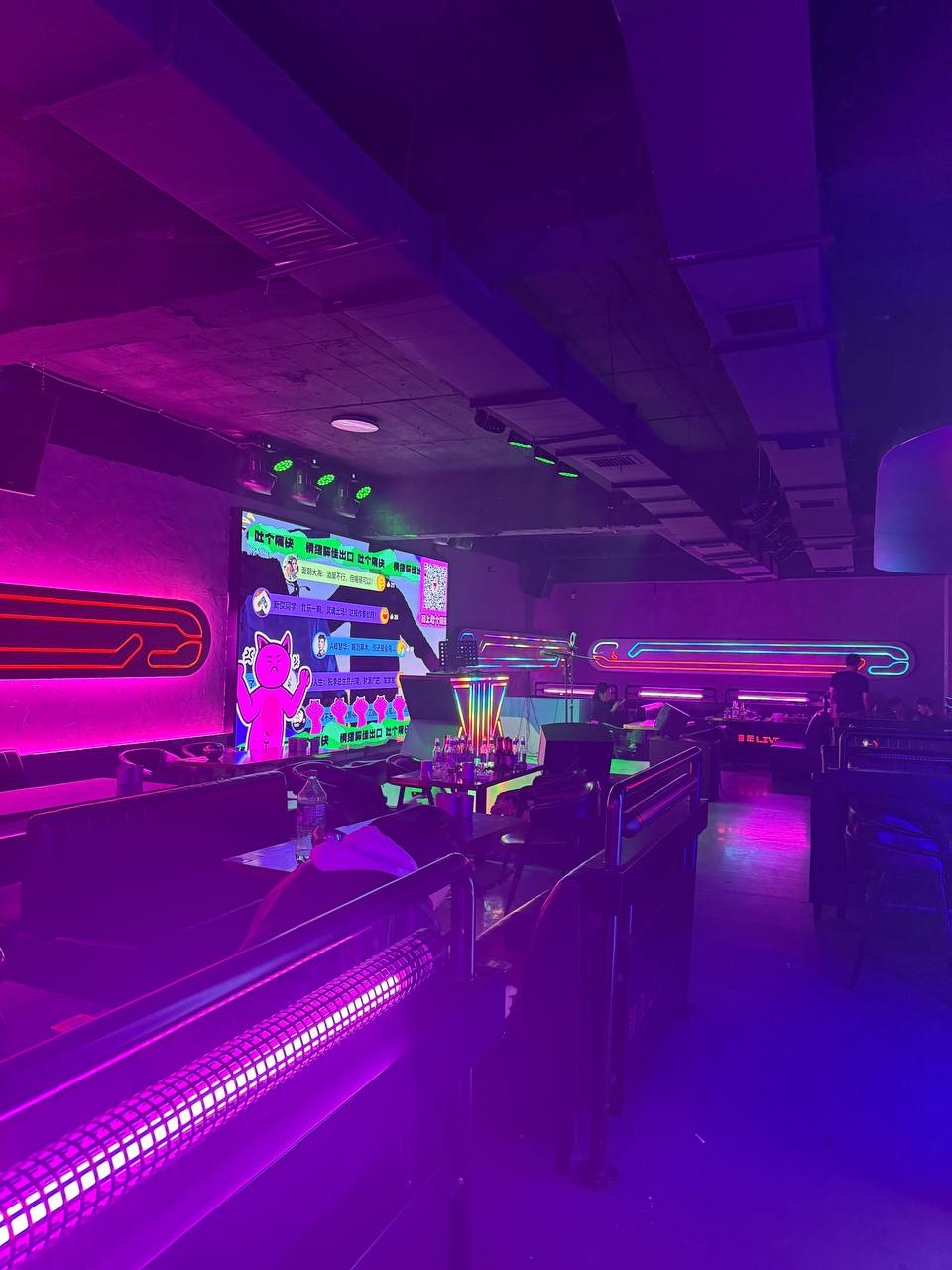
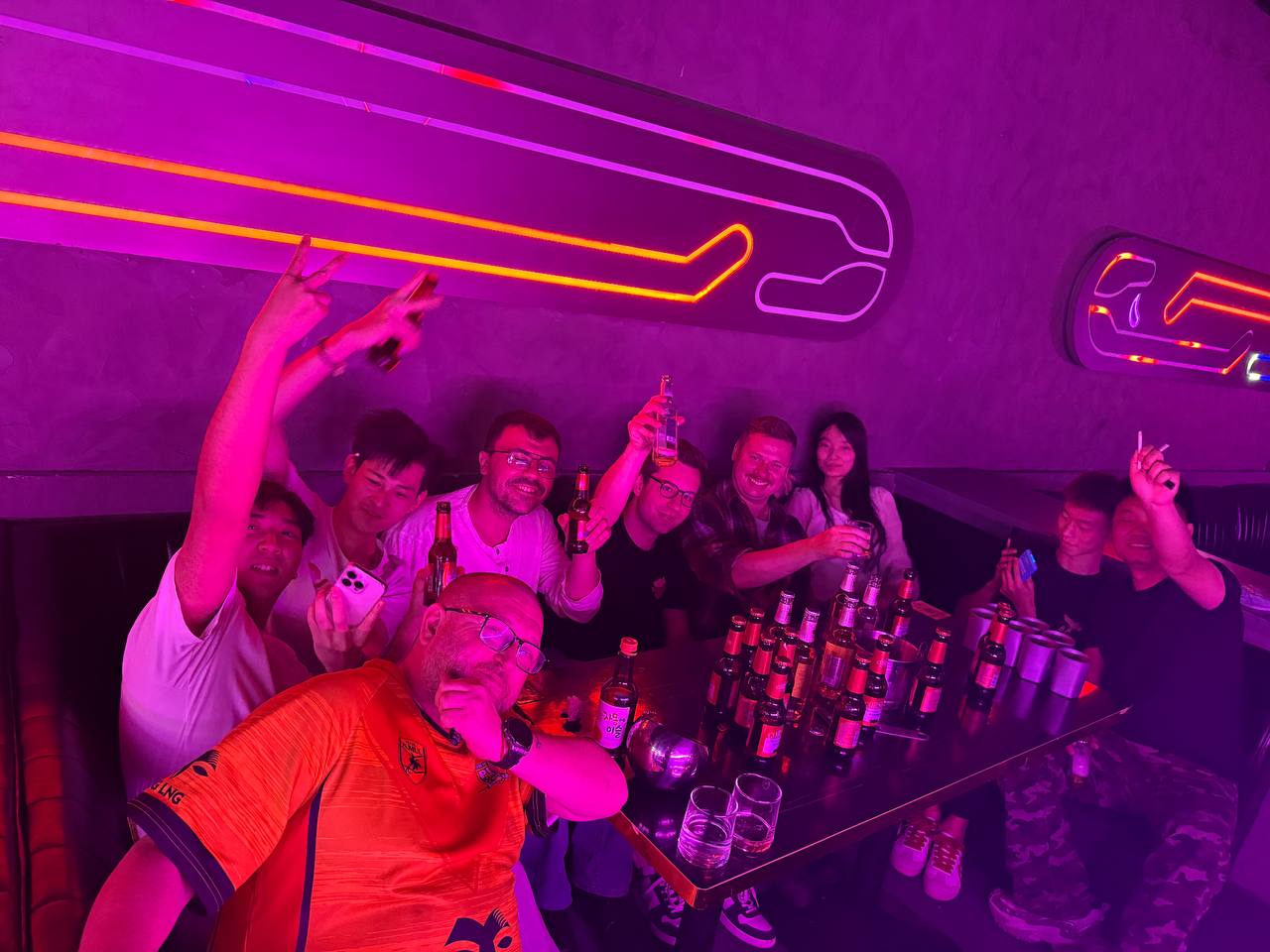
Hotels in Datong Guide
In terms of where to sleep in Datong, the Datong Hotel (大同大酒店) is by far the best option. Once a state-run establishment, it’s now been refurbished into a solid, reliable choice for both foreign tourists and locals. The rooms are decent, the service is fine, and the location is ideal for getting around the city.
Other options include Yungang Hotel (云冈酒店) for those on a slightly tighter budget or Ramada Datong for the Western hotel chain experience, though you might feel a little out of place among the business travelers. But really, if you’re after comfort and ease, Datong Hotel is your best bet.
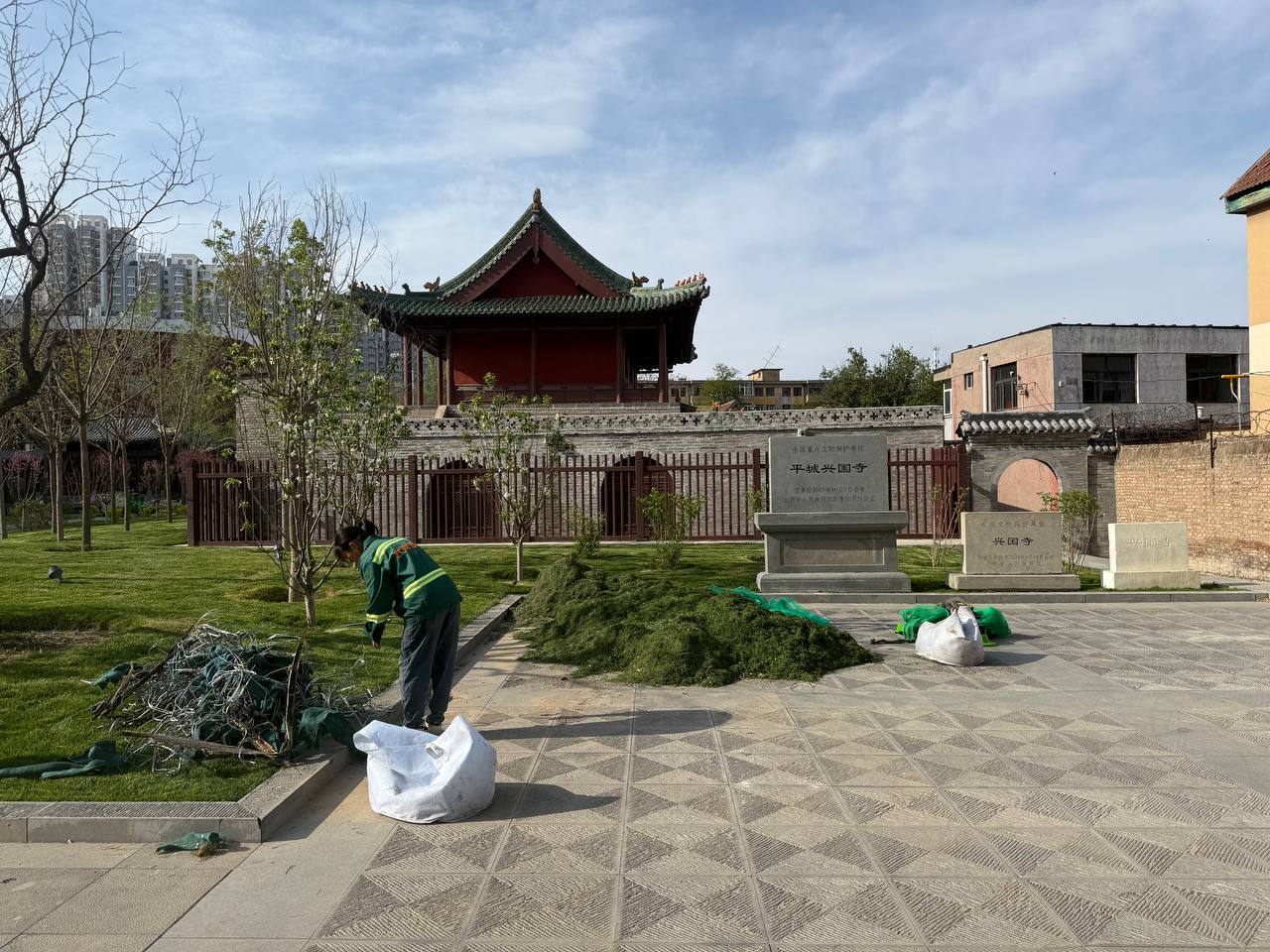
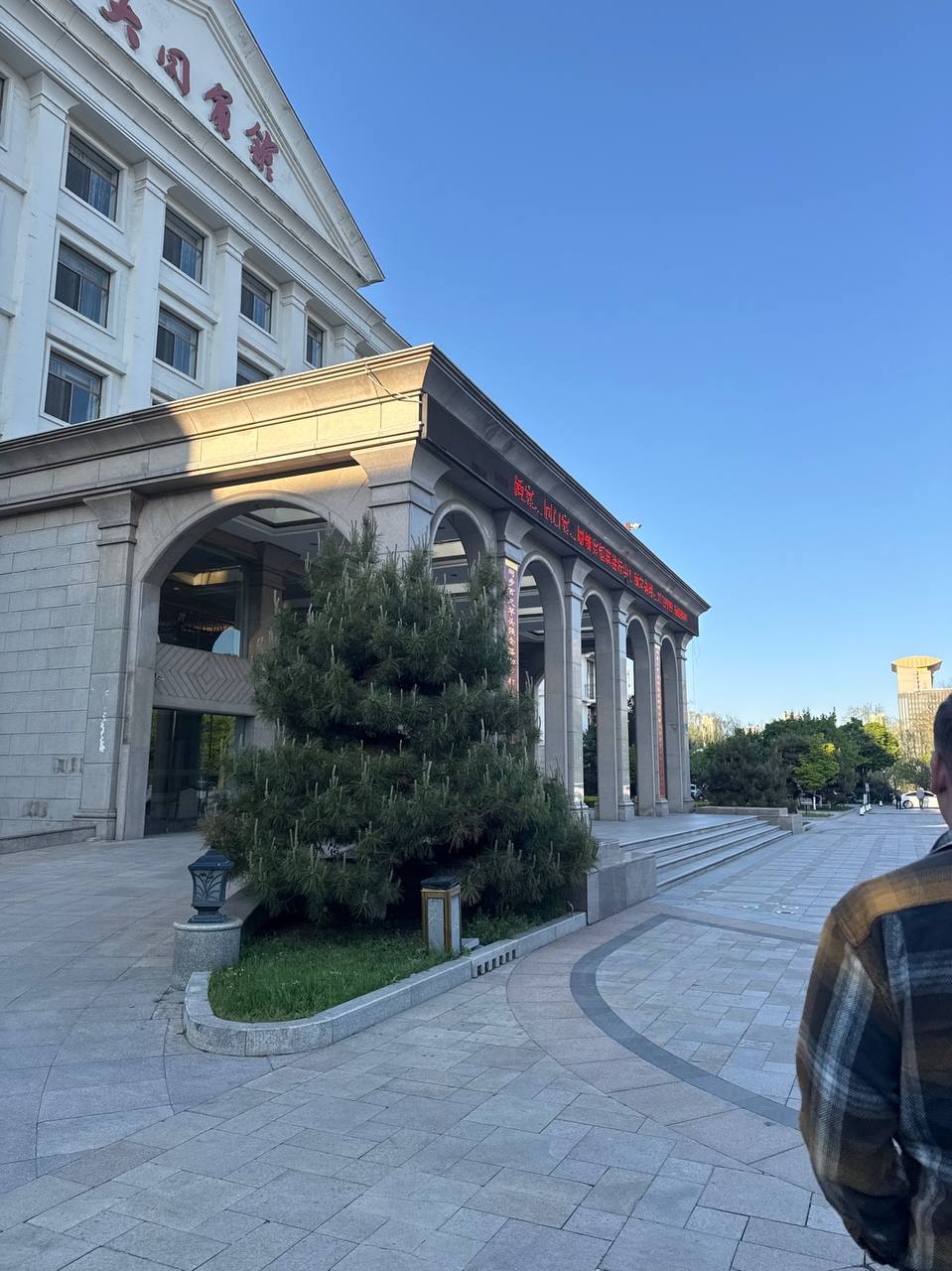
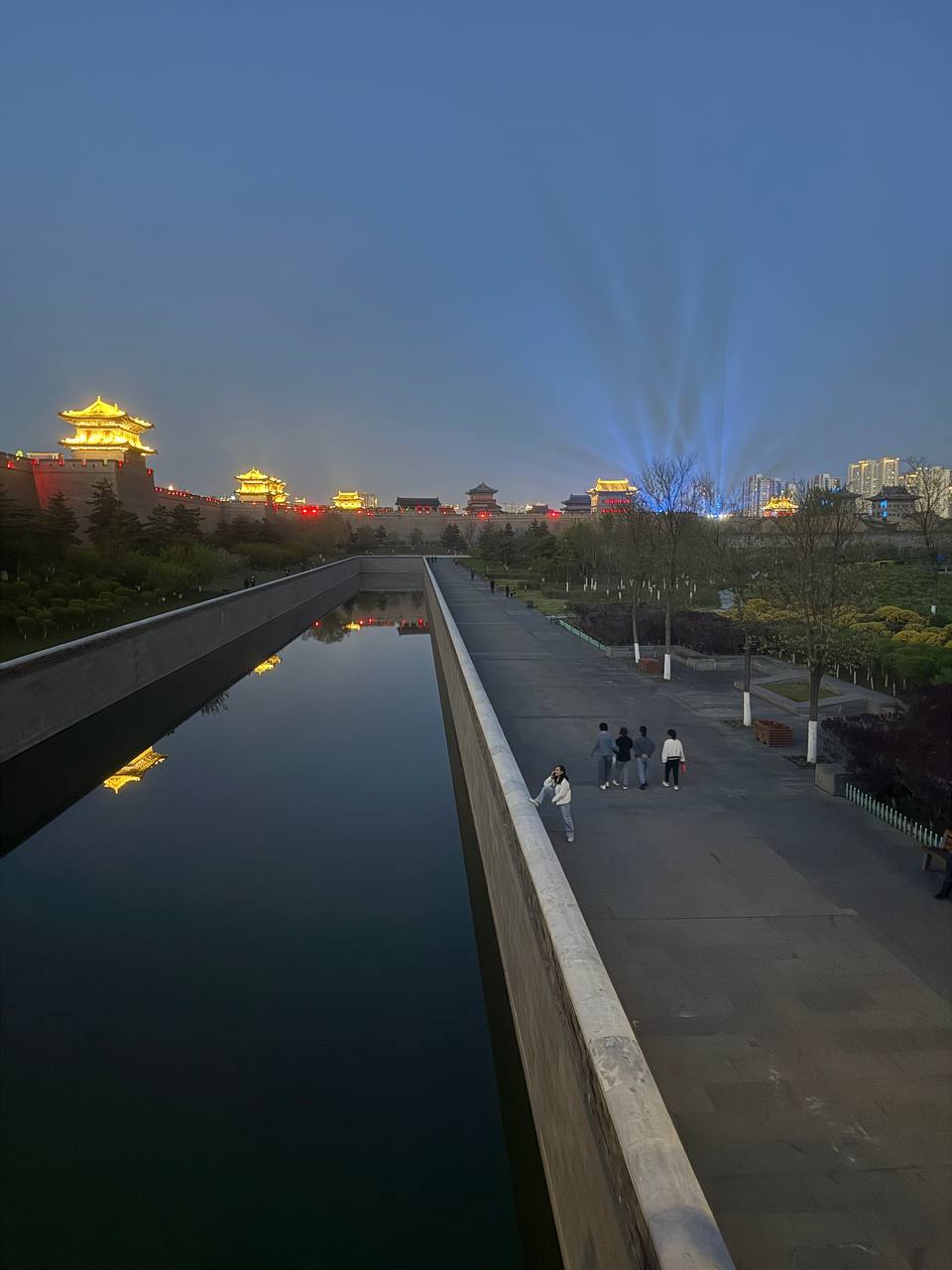
How to Get In and Out of Datong
Datong isn’t the easiest place to get to, but it’s not as complicated as you might think either. If you’re coming from Beijing (北京), which is the most likely entry point for international travelers, it’s about a 5-6 hour train ride on the high-speed rail (roughly 350-400 km). You can catch a bullet train from Beijing West Station (北京西站), and there are several departures throughout the day. The trains are quick, clean, and relatively cheap—typically costing around ¥100-¥200 for a second-class seat.
If you’re coming from Xi’an (西安), the trip takes about 3 hours by high-speed train, and the same goes for Taiyuan (太原) (the capital of Shanxi Province)—a 2-hour train ride will get you to Datong without too much hassle. Most tickets can be bought on 12306 (the official Chinese railway app) or at the station.
There’s also an airport in Datong, Datong Yungang Airport (大同云冈机场), which services a handful of flights, mostly connecting to Beijing and Taiyuan. However, flights are infrequent and generally pricier compared to taking the train.
Click to read about our China Tours.





